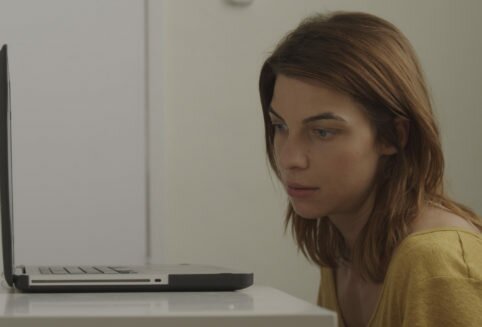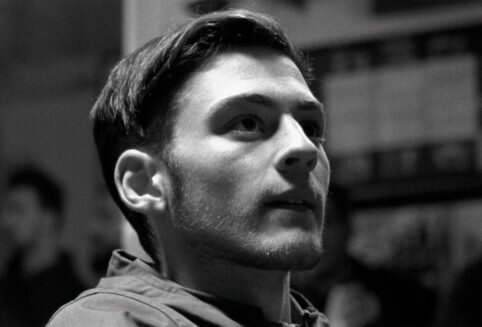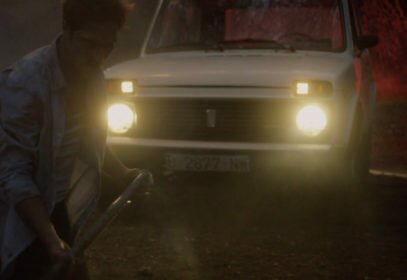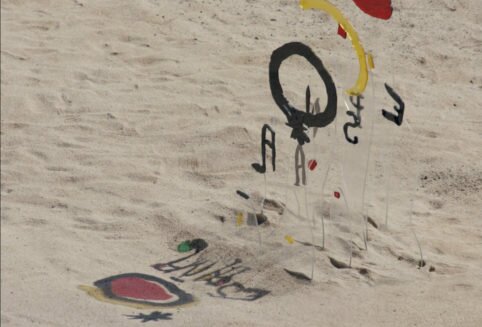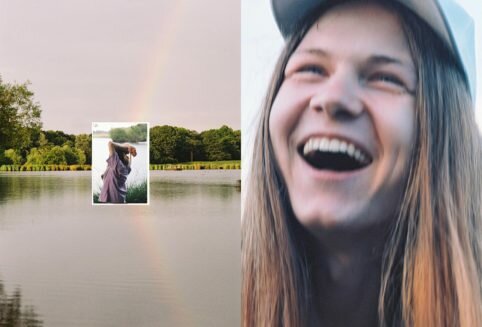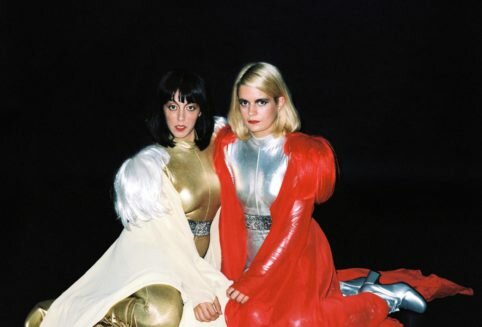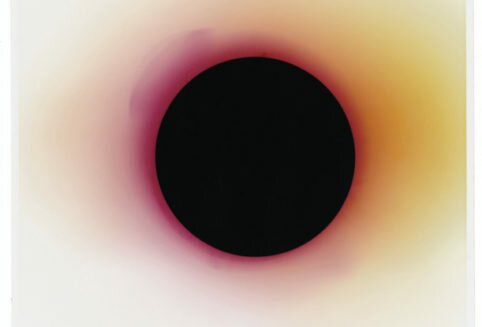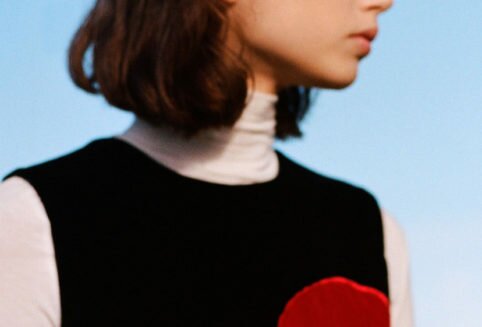PAPER PLANES STRIKE BACK

(AND WIN)
by JUAN MANUEL DOMÍNGUEZ
“I’m telling you, if we were in Cannes, we’d be surrounded by guards and I wouldn’t be able to talk to no one. This festival is beautiful. Very beautiful.” Guillermo del Toro opens his heart to me. We’re in a comic book shop; one full of miracles, with hundreds of animated films in that paradise which is the French publishing world, and where, as if there were something missing, each book includes a little piece of paper indicating the day and hour of the signatures for the fans (who queue up, Comic Con style, many hours in advance) that will take place over the next few days or have already taken place. The names bring a smile to the lips of the owners of super populated libraries: Andrew Stanton (from Pixar), Ron Clements (co-director of Little Mermaid, Hercules, Aladdin and other second generation Disney classics), Lewis Trondheim, Boulet, Alberto Vázquez, Del Toro himself, Peter Lord (Aardman’s dad) and Zeb Wells (geek comedy working class hero, author of Robot Chicken). Quite an impressive list, isn’t it?
They’re only some of the names/points amongst the many conforming the contemporary animated geek map (although there’s definitely a non-representative presence of Eastern culture as well). Great names of the animation world ranging from their secret agents to their steel titans, from its main creators to its current renovators.
No matter what one thinks about del Toro, who always wanted to become the most Mexican version possible of a mix between Vincent Price and EC comics (Hellboy is a marvel, El laberinto del fauno this and that, Pacific Rim such and such…), this moment with the author sounds like a geek wet dream… And it certainly is!
Welcome to Annecy, the greatest animation festival in the world. From June 13th to 19th, long, short, and medium-films, pop celebrities and hundreds of students running from room to room, trying to escape from the constant rain, flabbergasted by the kindest and most accessible cinephile toys one could imagine.

The usual visitor of festivals, those exercises in elitism turned dull and hermetic, which more and more forget about the happiness of films to satisfy that of institutions or of possessive cinephiliacs (each time less expansive), wouldn’t believe his eyes. In a way, the joy felt at Annecy might render them allergic: the weighty calm of the cinema room is exchanged here by a permanent, almost naïf, happiness that only wishes to celebrate the medium per se.
Examples of the 24-hour-animation-party-people:


1. First trait: before each projection, be it a documentary on Malayan kids receiving mallet blows as though they were seals in the Arctic (in rotoscopy, though), people will throw paper planes against the screen. Even more, the clash of the planes against the screen causes general celebration and outbursts. Of course, since happiness is a nice good, after five days of having watched thousands of paper planes (something very unusual) a thirty-five-year-old man with a hangover would want all the planes to turn around and land on the eyes of the throwers. Luckily, the world is made up of just a tiny percentage of thirty-five-year-old men with hangovers. The same luck that accounts for the fact that not each performance on Earth implies the horror of Amazon forests. It’s a good balance.

2. Each time a bunny dares to appear on the screen, as the official short-film showed, all the viewers, all of them, shout: . It seems it would be impossible to watch a Bugs Bunny short-film or Wallace & Gromit: The Curse of the Were-Rabbit with the Annecy crowd. Again, the same syndrome: “OK, I can stand this for five days, I can love, hate or ignore it… but only for five days!” Something similar to what happens with our ability to coexist with those Superman sort of leggings at the beach.
3. There is, and it can be felt in the calm of those mountains, that lake and that constant rain, a pure sense of joy for being here. Programmers, audience, directors, students, the hundreds of men attending the animation market and anyone wearing their credential cards say hello, ask you what are you about to watch, recommend other films… There’s no status beyond the quantity of films watched. There’s no film snobbery: everybody meets each other, everybody talks to each other. All of them tell you to visit the , a tiny classic beer bar, famous for its “anything goes” attitude (Del Toro complains, happily: “I woke up at seven a.m., and yesterday I was at the Café des Arts”). They all understand that in this precise and horrible moment for our planet they are lucky enough to be here watching animation, talking to those who created it in the first place, drinking with them and hearing them quote their influences… or arguing with them about anything, but knowing that they share the same sensitivity, albeit not the same taste. For any lover of animation (and anyone who loves to hate it every now and then, what kind of love would it be otherwise?), Annecy is something like paradise with beer at eight euros the pint. Well, almost paradise, then…

4. There is no sense of guilt at all. It shouldn’t necessarily need to exist or let itself be felt, but pop culture, even though it dominates most of the entertainment world’s industrial expressions, is usually accompanied by a strange penitence that is always perceived hanging in the air. You only need to have watched any superhero film in the last years: most of them sacrifice hedonism for a sumptuous idea that should always talk about the presence of superheroes in an anaemic and ragged version of the real world, and what the genre implies with the UN turning a blind eye.
The same happens with Pixar, for instance: lately it only loses quality when it embraces sentimentalism. We’ve all been moved by Pixar, and each film is a giant step when it comes to technique. But at the same time, they’ve left aside their little anarchies to generate some memorable (or not quite) jokes and emotions that should move us no matter what. Pixar has lost its Marx Brothers side, its alteration, and I think that has to do with their growth as a group of franchises that need to be economically profitable, for which reason it needs to premier one or two films per year.
Both examples give an idea of the commercial reading of pop culture. Here at Annecy, animation, which is usually read as pop before anything else (another mistake, but an understandable one), allows itself hundreds of luxuries and sins. It doesn’t matter whether some long or short films are liked or not: what generates tensions in the otherwise happy rooms are films trying to exploit formulas and clearly losing the battle. For example, Sheep and Wolves, a Russian animation movie that tries to imitate the homogeneous modes of today’s digital Hollywood but without its visual capacity. This was the only projection during which I saw people leaving the cinema room.
5. Passion doesn’t imply devotion. That discovery was made on the first day: Seoul Station, a Korean film by Yeon Sang-ho that starts as a sort of indie drama about people living as homeless in Seoul’s current station and which becomes, in its best turn, an animated zombie movie. Zombies and animation, two huge carrots for the donkey modes of the geek generation! Still, many of the film’s ridiculous moments, especially those implying a submission of the state and political lectures that seem drawn with a thick brush that thinks it’s George Romero’s scalpel, put a real smile on the audience’s faces. And not so much a cheeky smile, because at the end everyone applauded, but more one implying their greater capacity to recognize the limits of what is being watched on the screen than that of its own creators. In that sense, it was a cinephiliac muscular moment that I haven’t witnessed for a long while. It was almost like imagining the film having a beer with its audience instead of awaiting reverence or appraisal thrown, or received, from a podium.
6. Inside the whale. If there’s a spectacular aspect that the animation consumer finds really appealing, it’s creators’ talks. Here, seeing the layout of the next, and huge, Disney movie (and after that, walking, beer in hand, with the director of Little Mermaid) allows for a humanisation of a process that reaches our screens in a too-distilled way. What we were able to witness of, for instance, of Moana or the new series of episodes of Samurai Jack let us see the personal inside the giant, what those directors really dream of inside all that machinery. And that ‘really’ implies eliminating any hint of romanticism and hearing how those giants work in their own words. Obviously, it’s something interesting for palates looking for just that, but it also allows us to know that, even though their products reach us in a pasteurised state, there’s still some instinct left on the mainstream, and this is at least heard here.







